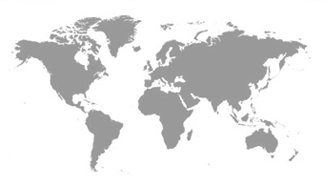Poor pasture and infrastructure hamper growth of livestock
Poor pasture, persistent livestock diseases as well as lack of infrastructure and personnel are among challenges thwarting the development of livestock industry in the country.
The Tanzania Board of Meat chairman, Mr David Mpiri, said persistent tick and tick-born diseases combined with lack of dip facilities, veterinary services and extension officers in rural areas have for a long time retarded the growth of livestock sector.
He told the livestock producers and stakeholders during a meeting in Dodoma that no serious actions were taken in terms of budget and priorities towards the development of the sector.
Mr Mpiri said the efforts to boost the sector have been thwarted by less concerned authorities both in central and local government until recently when President Jakaya Kikwete took deliberate initiatives to address the situation.
"Quality based livestock production that conforms to international standards for both local and international markets has the capacity to contribute well to the national economy as well as raising the income of livestock keepers," Mr Mpiri told the third conference of the Council of Meat in Tanzania.
The sector contributes about 3 per cent to the national economy despite the country ranking the third in Africa after Ethiopia and Sudan in terms of livestock population.
Available statistics show that Tanzania has an estimated 19.2 million cattle, 13.7 million goats, 3.6 million sheep, 1.9 million pigs and about 58 million local hens.
Mr Mpiri noted that poor meat processing limits ability of Tanzania's meat to penetrate the international market, despite abundant livestock resources available.
However, he expressed his optimism that the construction of modern abattoirs in Dodoma and Ruvu would help meet the demand for standard and quality processed meat for both local and international markets.
For his part, the deputy minister for Livestock Development and Fisheries, Mr Benedict Ole Nangoro, said statistics show that about 857,208 cattle, 682,992 goats and 112,035 sheep were sold through the local auctions during 2009/10, producing approximately 449,673 tonnes of meat.
"The production capacity is very low if compared to available livestock resources, causing stumpy consumption of meat at an average of 12 kilogrammes per person per year, compared to 50 kilogrammes recommended by the Food and Agricultural Organisation (FAO)," said Mr Nangore.
He enumerated that the challenges facing the livestock sector in Tanzania are the major obstacles towards its development, causing low contribution of the sector to the national economy.
This article hasn't been commented yet.

















Write a comment
* = required field